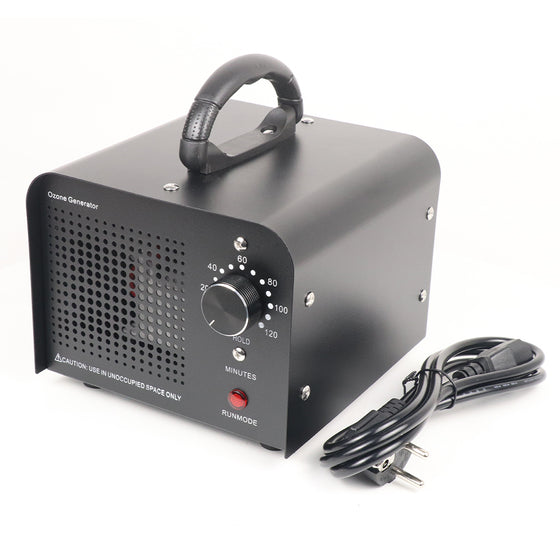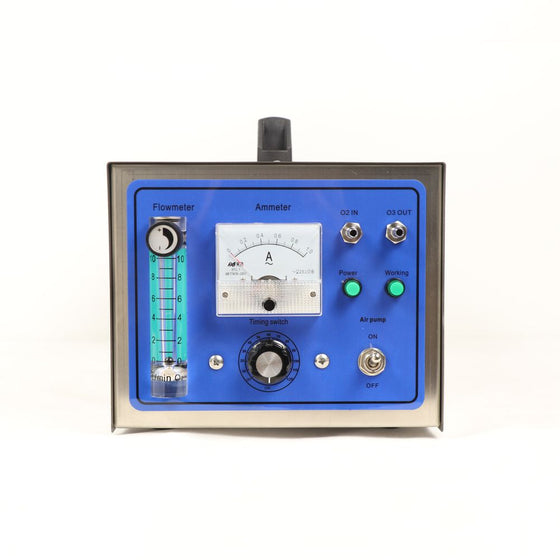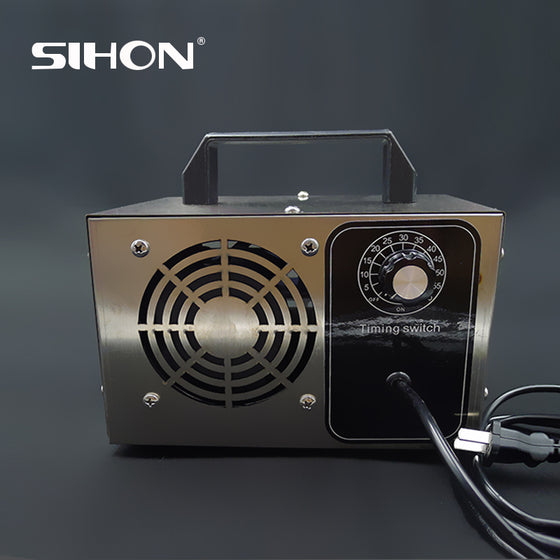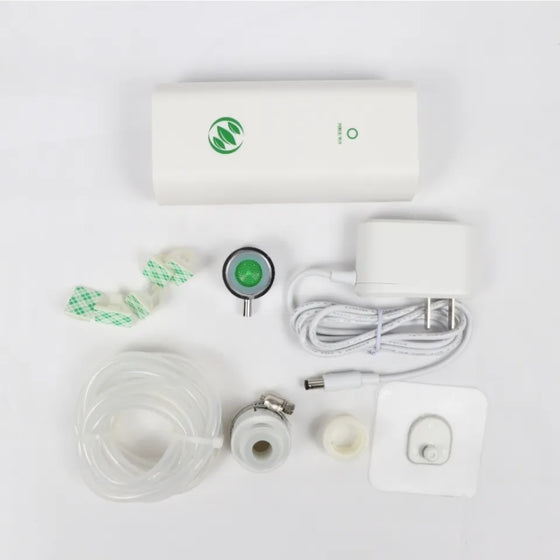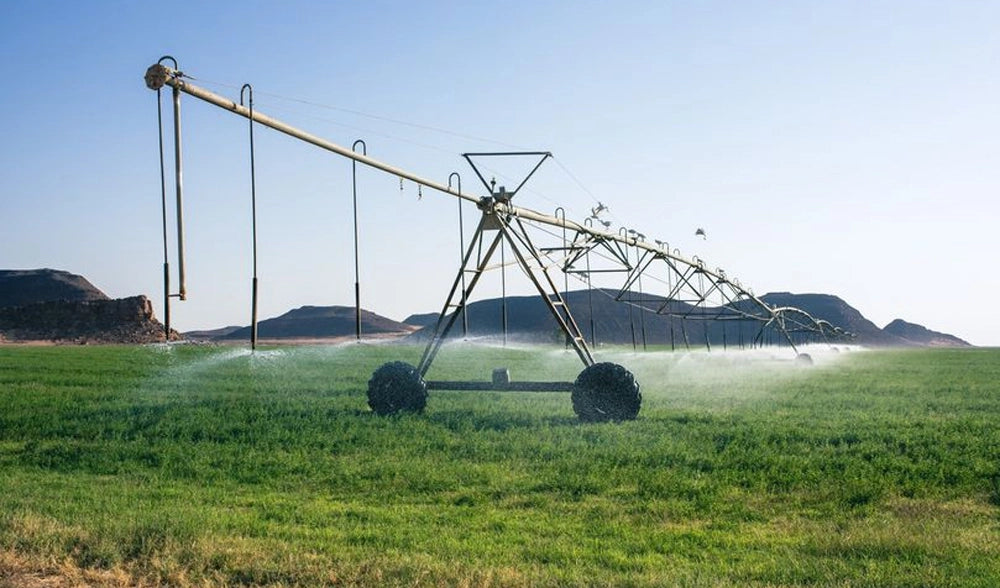Ozone is Making a Difference in the Food and Beverage Industry

The primary concern for engineers working in the food and beverage industry is likely the risk of bacterial contamination, which could be extremely detrimental to the products they create. Regardless of whether it's Pseudomonas, Listeria, or Salmonella, the consequences could include recalls, plant closures, and, perhaps most significantly, reputational damage. Consequently, ensuring the cleanliness and sanitation of food-contact surfaces and equipment is absolutely critical.
Concerns about Sodium Hypochlorite
Sodium hypochlorite (commonly known as bleach) is typically the go-to disinfectant for most applications. It is an effective oxidizing biocide that is readily accessible and well understood, but its widespread use has raised concerns about the development of resistance among certain pathogenic bacteria such as Aeromonas and Bacillus cereus. While alternative biocides do exist, many are more difficult to handle than sodium hypochlorite and may pose health and safety risks. Ozone, on the other hand, has been available as an alternative sterilizer for many years, yet it has been largely underutilized in the food processing industry until recently.
In food and beverage production facilities, chlorinated water is commonly utilized for both automatic cleaning in place (CIP) procedures and manual washing of surfaces, conveyors, and other equipment that is not subjected to CIP. However, ozone has been demonstrated to be a more effective disinfectant for both of these applications. When ozone dissolves in water, it creates a free hydroxyl radical, which is an extremely potent antimicrobial agent.
Why Ozone is Preferred
Ozone, which is generated by a high frequency silent electrical discharge from oxygen, has been utilized for disinfecting drinking water for over a century. Its use in the food processing industry is not novel either. An investigation was conducted to assess the impact of dissolved ozone on Listeria monocytogenes in a batch reactor. The study discovered that dissolved ozone at concentrations of 0.4 and 0.8mg/l rendered 4.6 and 5.7 log CFU/ml inactive, respectively, within a span of 30 seconds.

A Typical Case
Subsequent research demonstrated that elevated concentrations of dissolved ozone produced more rapid (instantaneous) inactivation of bacteria, considerably faster than bleach. Ozone is also highly efficient in eliminating biofilms, as it swiftly oxidizes the extracellular polysaccharides that contribute to their adhesive properties. A significant advantage of ozone for the food sector is its quick decomposition into oxygen, which leaves no traces.
A recent incident at a major food processing plant in Europe involving Listeria can serve as a prime example of the effectiveness of ozone disinfection. Prior to implementing the mobile ozone system, the company employed chemical-based sanitization methods, but were unable to eliminate the bacteria. Since ozone was introduced, no Listeria has been detected. In addition to improving product safety and extending the shelf life of fresh produce, the use of ozone has also safeguarded the company's brand and proven to be more cost-effective than chemical alternatives. Furthermore, employees now benefit from a safer working environment, as the ozone eliminates slippery biofilms from the flooring and reduces unpleasant odors within the factory.
More Researches on Ozone
Numerous research institutions have conducted studies that support this observation. In laboratory settings, biofilms of Listeria monocytogenes were cultivated on plastic and steel surfaces, which were subsequently exposed to ozonated water through either immersion or flushing. Following treatment with ozonated water, no viable bacteria were detected.
Numerous studies indicate that ozonated water is highly proficient in eradicating a broad range of bacteria and viruses. In summary, ozone is a superb alternative, particularly in instances where bacterial resistance to sodium hypochlorite is observed. Additionally, it can be readily utilized on equipment and work surfaces within all sectors of the food and beverage industry, including but not limited to vegetable and salad packaging, biscuit production, brewing, and soft drink manufacturing.
New Arrivals
Leave A Reply
Your email address will not be published. Required fields are marked *
